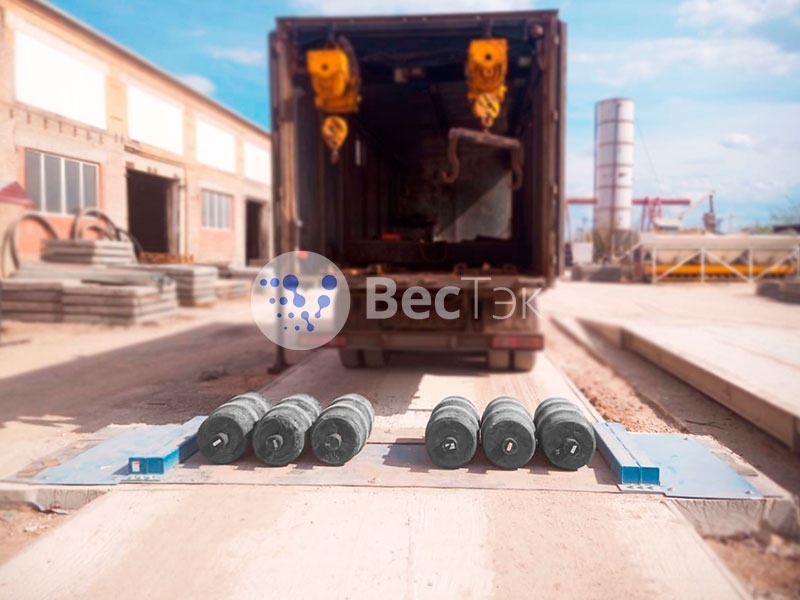Top Calibration Tips for Commercial Stock Measuring Tools
페이지 정보

본문
In managing merchandise in a storage facility, precise checking is crucial for monitoring inventory levels, determining costs, and guaranteeing product quality. Heavy-duty stock weighing scales are designed to handle large and heavy loads, but they still require regular adjustment to maintain accuracy. In this article, we'll provide most effective adjustment tips for heavy-duty inventory weighing scales.
First and foremost, refer to the instruction manual: The user manual is a treasure trove of facts that provides comprehensive guidelines on how to calibrate your scales. It's crucial to read and follow the company's recommendations for setting, as failing to do so can lead to exact weight readings and harm to the equipment.
Choose a suitable reference weight: Calibration weights come in various denominations, from 1kg to 50kg to more. Select a weight that is required to represent the maximum weight capacity of your scales. For example, if your scales can handle up to 1500kg, choose a calibration weight of around 1000kg.
 Use a calibration weight with a high standard of calibration: Not all calibration weights are created equal. Look for weights that have a high degree of precision, usually denoted as an Class 1.0 or 0 weight. These weights are designed to meet rigorous standards and provide accurate weight readings.
Use a calibration weight with a high standard of calibration: Not all calibration weights are created equal. Look for weights that have a high degree of precision, usually denoted as an Class 1.0 or 0 weight. These weights are designed to meet rigorous standards and provide accurate weight readings.
Minimize vibration and movement: Disruption and interference can affect the accuracy of your scales. Ensure that the area is clear of any interferences and that the floor is even. Park any nearby forklifts to prevent vibration and movement.
Use a calibrated force gauge: A force indicator is a device that measures the force applied to the scales. It provides a visual readout of the applied force, allowing you to verify that the scales are functioning correctly.
Calibrate the scales at regular cycles: Heavy-duty scales need to be calibrated regularly to maintain accuracy. Refer to the user manual for required adjustment frequencies. Some manufacturers may recommend daily, weekly, or monthly calibration.
Perform internal calibration checks: In addition to the manufacturer's recommended calibration frequency, perform internal checks to ensure accuracy. These may include verifying that the scales are mounted correctly, checking for any damage to the load cells, and ensuring that the electrical connections are functioning correctly.
Document each detail: Keep accurate files of calibration procedures, including the date, date, and weight used. This ensures that you can verify the accuracy of your scales at any point in time.
By following these top calibration guidelines for демонтаж вагонных весов heavy-duty inventory weighing scales, you can ensure accurate weight readings, avoid expensive inventory discrepancies, and maintain peak equipment performance. Regular calibration is a essential step to achieve these benefits, so make sure to stay on top of it.
First and foremost, refer to the instruction manual: The user manual is a treasure trove of facts that provides comprehensive guidelines on how to calibrate your scales. It's crucial to read and follow the company's recommendations for setting, as failing to do so can lead to exact weight readings and harm to the equipment.
Choose a suitable reference weight: Calibration weights come in various denominations, from 1kg to 50kg to more. Select a weight that is required to represent the maximum weight capacity of your scales. For example, if your scales can handle up to 1500kg, choose a calibration weight of around 1000kg.
Minimize vibration and movement: Disruption and interference can affect the accuracy of your scales. Ensure that the area is clear of any interferences and that the floor is even. Park any nearby forklifts to prevent vibration and movement.
Use a calibrated force gauge: A force indicator is a device that measures the force applied to the scales. It provides a visual readout of the applied force, allowing you to verify that the scales are functioning correctly.
Calibrate the scales at regular cycles: Heavy-duty scales need to be calibrated regularly to maintain accuracy. Refer to the user manual for required adjustment frequencies. Some manufacturers may recommend daily, weekly, or monthly calibration.
Perform internal calibration checks: In addition to the manufacturer's recommended calibration frequency, perform internal checks to ensure accuracy. These may include verifying that the scales are mounted correctly, checking for any damage to the load cells, and ensuring that the electrical connections are functioning correctly.
Document each detail: Keep accurate files of calibration procedures, including the date, date, and weight used. This ensures that you can verify the accuracy of your scales at any point in time.
By following these top calibration guidelines for демонтаж вагонных весов heavy-duty inventory weighing scales, you can ensure accurate weight readings, avoid expensive inventory discrepancies, and maintain peak equipment performance. Regular calibration is a essential step to achieve these benefits, so make sure to stay on top of it.
- 이전글웹사이트트래픽 25.03.28
- 다음글바다의 아름다움: 해변과 해양 생태계 25.03.28
댓글목록
등록된 댓글이 없습니다.